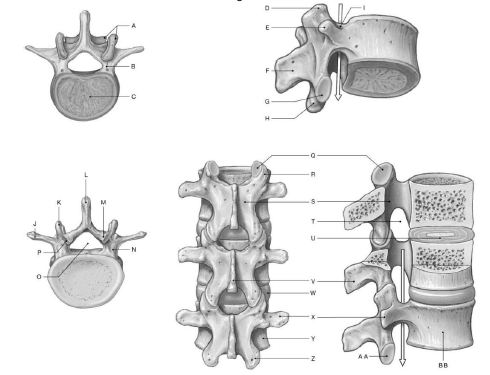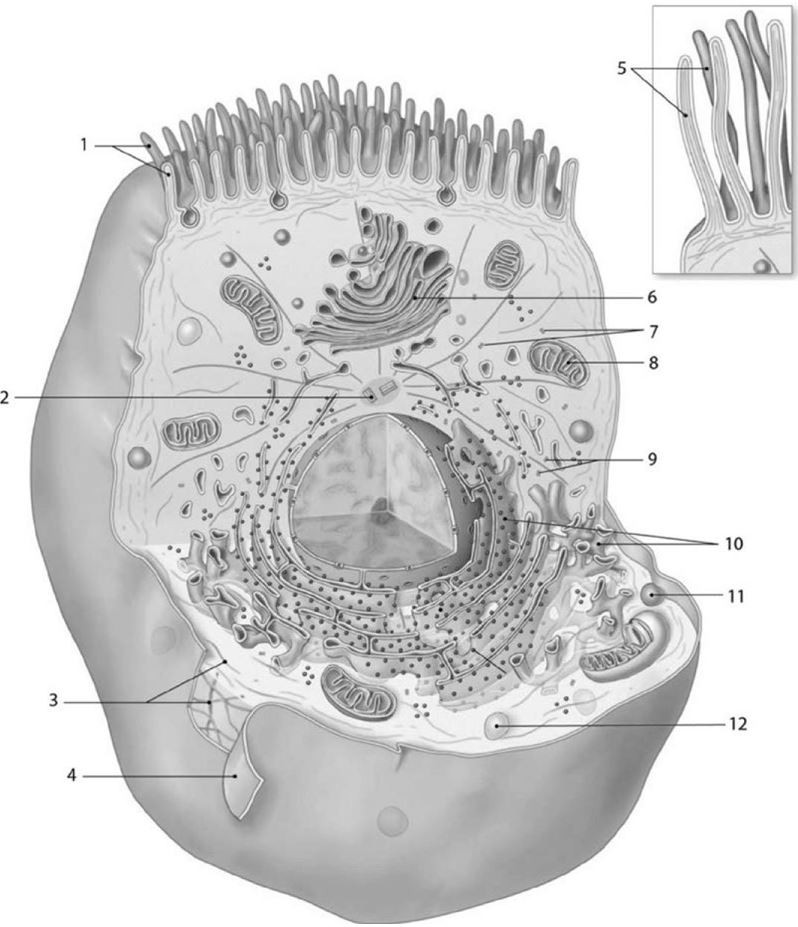Using the figure below, identify the labeled part.

1) Label A: ______________________________
2) Label B: ______________________________
3) Label C: ______________________________
4) Label D: ______________________________
5) Label E: ______________________________
6) Label F: ______________________________
7) Label G: ______________________________
8) Label H: ______________________________
9) Label I: ______________________________
10) Label J: ______________________________
11) Label K: ______________________________
12) Label L: ______________________________
13) Label M: ______________________________
14) Label N: ______________________________
15) Label O: ______________________________
16) Label P: ______________________________
17) Label Q: ______________________________
18) Label R: ______________________________
19) Label S: ______________________________
20) Label T: ______________________________
21) Label U: ______________________________
22) Label V: ______________________________
23) Label W: ______________________________
24) Label X: ______________________________
25) Label Y: ______________________________
26) Label Z: ______________________________
27) Label AA: _____________________________
28) Label BB: _____________________________
1) Articular processes
2) Vertebral arch
3) Vertebral body
4) Superior articular process
5) Transverse process
6) Spinous process
7) Inferior articular facet
8) Inferior articular process
9) Pedicle
10) Transverse process
11) Superior articular process
12) Spinous process
13) Inferior articular process
14) Pedicle
15) Vertebral foramen
16) Inferior articular facet
17) Superior articular facets
18) Superior articular process
19) Lamina of vertebral arch
20) Intervertebral foramen
21) Intervertebral disc
22) Spinous process
23) Intervertebral disc
24) Transverse process
25) Vertebral body
26) Inferior articular process
27) Inferior articular facet
28) Vertebral body
You might also like to view...
Which of the following labeled structures is essential for movement of the chromosomes during cell division?

A) 5
B) 3
C) 2
D) 6
E) 1
Immunoglobulins that are mainly responsible for resistance against viruses, bacteria, and bacterial toxins are ________.
A) IgA. B) IgM. C) IgD. D) IgG. E) IgE.
When blood glucose concentrations are elevated, the glucose molecules are __________.
a. catabolized for energy b. used for tissue repair c. used to build proteins d. all of the above
Neoplasms that affect lymphoid tissue are called ______ .
A. lymphadenitis B. lymphoma C. lymphangiography D. lymphangiopathy